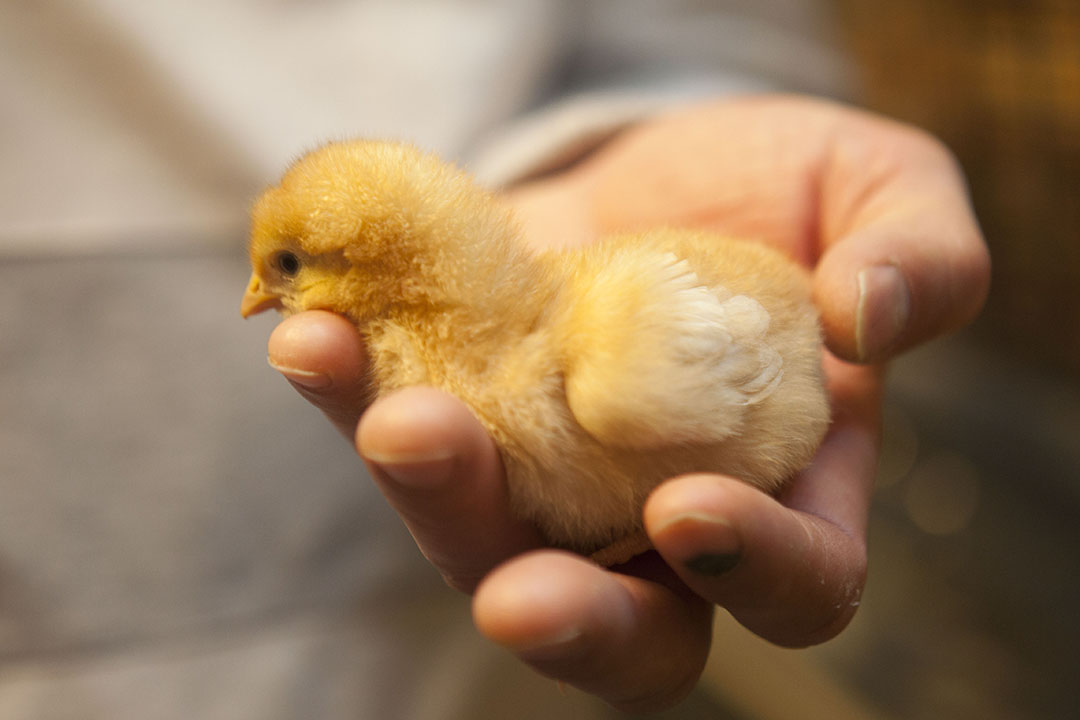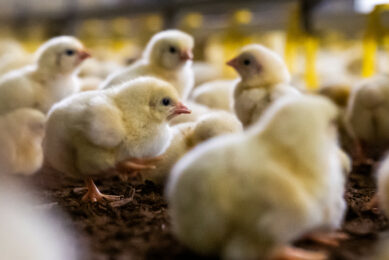Antibiotic free poultry: How to feed them?

A new era has begun in which the livestock farmers are moving to a production system with limited, antibiotic free or no antibiotics ever. For poultry producers this means a quest for safe, natural and proven alternatives for their chickens.
Global consumer demand for antibiotic-free poultry meat has put pressure on food suppliers, who, in turn, are challenging producers to supply product that meets these specifications. Producers have historically used in-feed coccidiostats to control protozoal coccidiosis and antibiotics to suppress bacterial diseases (e.g. necrotic enteritis from Clostridial perfringens and human pathogens such as Salmonella spp. and E. coli). Chemotherapeutic treatments are no longer fed routinely in feeds in many countries, especially those in the EU, and are now administered only at the discretion of veterinarians to control a specific disease challenge. As such, producers are looking for safe, natural and proven alternatives.
Next generation MOS
Natural dietary alternatives, such as mannan oligosaccharides (MOS) derived from the cell wall of yeast Saccharomyces cerevisiae1026, have long been recognised for their ability to block the colonisation of intestinal pathogens such as Salmonella species and E. coli in poultry (Rosen et al., 2007). A second-generation mannan-rich fraction* derived from MOS is more concentrated and can be included at lower concentrations in poultry diets with the same benefits. For example, a trial carried out by Mathis (2011) at Southern Poultry Research, Georgia, showed positive results in body weight and FCR in broilers fed MRF, compared to those fed a non-supplemented (negative) control (Table 1).
Litter score can be used as an indicator of bird health and disease status, and wet litter is a major problem in commercial production. Research has shown that feeding chickens MRF significantly improved the condition of the litter, when compared with the control (P<0.05). litter score in birds fed bacitracin md was not statistically significant to those fed mrf (mathis, 2011). a meta-analysis carried out by hooge> et al. (2013) found that MRF was effective in promoting performance for broilers due to the significant increases in average body weight (+0.08 kg) and decreases in average feed conversion ratio (-0.033). Table 2 shows the results of meta-analyses for all comparable trials involving MRF products carried out by Hooge et al. (2004), Rosen (2007), Hooge et al. (2009) and more recent results (Hooge et al., 2013). MRF-fed groups had statistically equivalent broiler performance vs. antibiotic fed groups, showing the potential for substituting antibiotics with natural alternatives.
Multifactorial gut diseases in poultry
With the removal of prophylactic antibiotics, treatment of multifactorial infections, such as coccidiosis, a common problem in poultry production, and Campylobacter outbreaks remains a challenge (Williams, 2005). The various Eimeria spp. protozoa invade different regions of the intestinal mucosa of birds, inducing structural damage, inflammation and increased mucus secretion. Such damage leads to malabsorption of nutrients, diarrhoea and, in serious cases, high mortality (Sandu, 2018). Globally, it is estimated that financial losses due to coccidiosis top more than US$ 3 billion annually (Dalloul et al., 2006). Poultry producers have been encouraged to use improved management strategies and natural dietary alternatives, such as MRF combined with other gut-active ingredients, including plant extracts,to reduce the negative effects and public health risks of these diseases. Research by Duffy and Tucker (2003) showed that a combination of MRF and plant extracts (MRF-PL) reduced oocyst shedding from Eimeria spp. by 14% and improved FCR from 1.77 to 1.73 in challenged broilers, even though they had already been vaccinated against coccidiosis.
Histomoniasis
Another protozoal pathogen that predominantly effects poultry is histomoniasis, commonly associated with blackhead disease (BD) in turkeys. The protozoal parasite, Histomonas meleagridis, in combination with E. coli, causes infectious enterohepatitis, whereby the protozoa and bacteria replicate in the intestine, enter the bloodstream via the caecum and create clinical lesions in the liver of the bird (Bradley and Reid, 1966). The connection between protozoa and bacteria seen in BD suggests that modulation of the gut microbiota and promotion of overall gut health can be beneficial to preventing and reducing clinical signs and mortality. Co-infection of protozoal organisms (coccidiosis and blackhead disease) causes severe economic impact due to clinical disease (Macdougald and Hu, 2001). Trials with histomoniasis-infected broilers (Duffy and Tucker, 2006; Table 3) have shown that MRF and plant extracts outperformed the commonly-used drug Histostat™ in both FCR and mortality and radically reduced caecal and liver lesions in challenged broilers.
Campylobacteriosis
Campylobacteriosis is a major concern for human health from the consumption of contaminated carcasses. Poultry may be unaffected but commonly carry the causative pathogen in their gut, which can be transmitted to meat during processing. Corrigan et al. (2017) showed (Table 4) that feeding MRF-supplemented diets significantly reduced the Campylobacter colonisation levels in the broiler caecum and, thus, improved weight gain, compared to the control birds. The MRF is thought to act indirectly by altering the composition of the bacterial community (Corrigan et al., 2015) and intestinal structures (Baurhoo et al., 2009) or by boosting the immune response (Munyaka et al., 2012).
Conclusion
To meet increasing demands for AGP-free diets for poultry, in order to meet global consumer concerns regarding antibiotic resistance, safe and natural alternatives are required to support performance, health and welfare of poultry. Research trials using proven natural feed ingredients, such as MRF and plant extracts, have shown these to be effective measures to control digestive diseases that compromise both poultry and human health.
*(MRF, Actigen™, Alltech Inc.) References available upon request.











